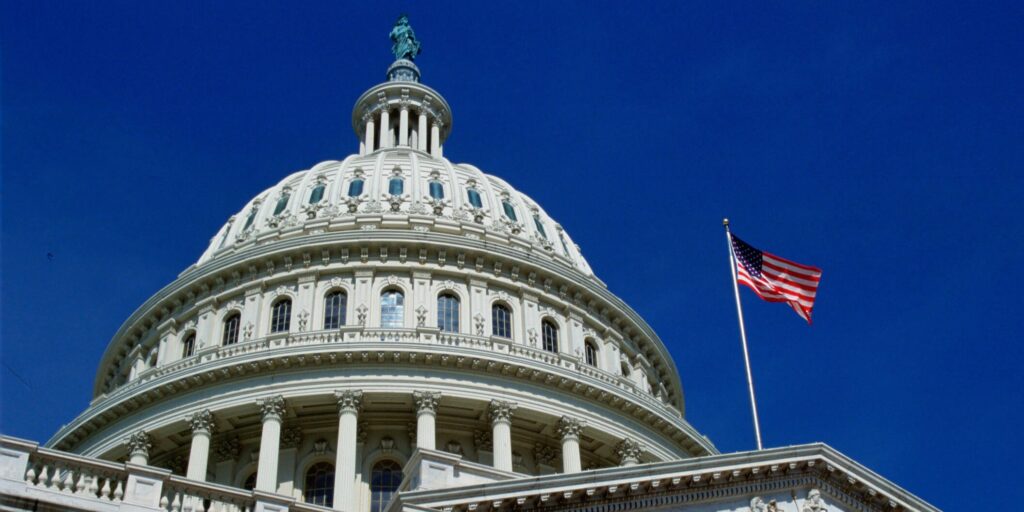By Forrest Richardson, CSP, ARME
Director of Safety, Fit For Work
Early on in the year and as we’ve done in years past, it’s important to revisit any impending or ongoing changes within OSHA regulations. These changes not only impact how businesses operate, but also influence the financial aspects of our safety programs and, ultimately, the well-being of our workers.
Here, we delve into the fiscal side of occupational health and safety, particularly examining the Biden administration’s proposed budget and its potential implications for our budgets and for our workforce. Let’s dive right in.
Understanding OSHA’s Fiscal Year
Before we get into the specifics of OSHA’s budget, it’s helpful to understand that OSHA’s fiscal year runs from October 1 through September 30. This timeframe dictates the allocation of resources and the implementation of various initiatives aimed at enhancing workplace safety.
Biden Administration’s Proposed Budget Overview
The Biden administration has proposed a budget of $738.7 million for OSHA in fiscal year 2024. This represents a significant increase of more than $106.3 million from the previous fiscal year. Notably, the proposed budget includes substantial increases in several key areas outlined below.
- Federal Enforcement: A 16.3% increase, equating to roughly $40 million, is earmarked for federal enforcement efforts. This includes the addition of 432 full-time equivalent employees, with a focus on rebuilding and strengthening OSHA’s enforcement program. Of these, 250 positions are designated for enhancing enforcement, including 142 OSHA inspectors. A divided Congress, however, will have the final say.
- Federal Compliance Assistance: A notable 30% increase, amounting to $23.3 million, is allocated for federal compliance assistance initiatives. This underscores the administration’s commitment to providing resources and support to help businesses adhere to safety regulations.
- Safety and Health Standards: The proposed budget includes a 26.3% increase of $11.1 million for safety and health standards development and enforcement, reflecting the administration’s emphasis on proactively addressing workplace hazards and ensuring compliance with established standards.
In addition to OSHA, the White House is requesting a 13% budget increase for the Mine Safety and Health Administration (MSHA), totaling approximately $50.2 million more than the previous fiscal year. This includes a significant boost of 14.6% for MSHA’s enforcement efforts, highlighting the administration’s broader commitment to worker safety across industries.
According to the Department of Health and Human Services’ budget in brief, the administration is seeking to leave NIOSH’s budget at $363 million.
Changes to OSHA’s Civil Penalties
Another important aspect to consider is the adjustment of OSHA’s civil penalties for violations. As mandated by 2015’s Federal Civil Penalties Inflation Adjustment Act, these penalties undergo periodic adjustments to maintain their deterrent effect. Under the Act, agencies are required to publish “catch-up” rules that adjust the level of civil monetary penalties and that make subsequent annual adjustments for inflation.
Effective January 16, 2024, OSHA’s maximum penalties for serious and other-than-serious violations increased from $15,625 to $16,131 per violation, while the maximum penalty for willful or repeated violations rose from $156,259 to $161,323 per violation.
Staying Informed and Prepared
While OSHA typically releases its annual “Top 10” list of violations after the first week in April, it’s essential to remain proactive in addressing potential compliance issues. Fit For Work is dedicated to assisting businesses in staying compliant with OSHA regulations. Our comprehensive services include reference materials, inspection infographics, and access to OSHA-EHS audit software through VelocityEHS, which streamlines the audit process and ensures thorough compliance.
Here are some resources that may be of assistance in monitoring OSHA’s budget information:
Stay Current and Compliant with Fit For Work
As we navigate the evolving landscape of workplace safety, it’s imperative to stay abreast of changes in OSHA regulations and budgetary allocations. With OSHA’s fiscal year running from October 1 through September 30, businesses must prepare for the proposed budgetary increases and adjustments to civil penalties in 2024.
Fit For Work is committed to supporting organizations in achieving and maintaining compliance with OSHA standards. Together, we can prioritize the safety and well-being of our workforce while fostering a culture of proactive risk management and compliance excellence.





